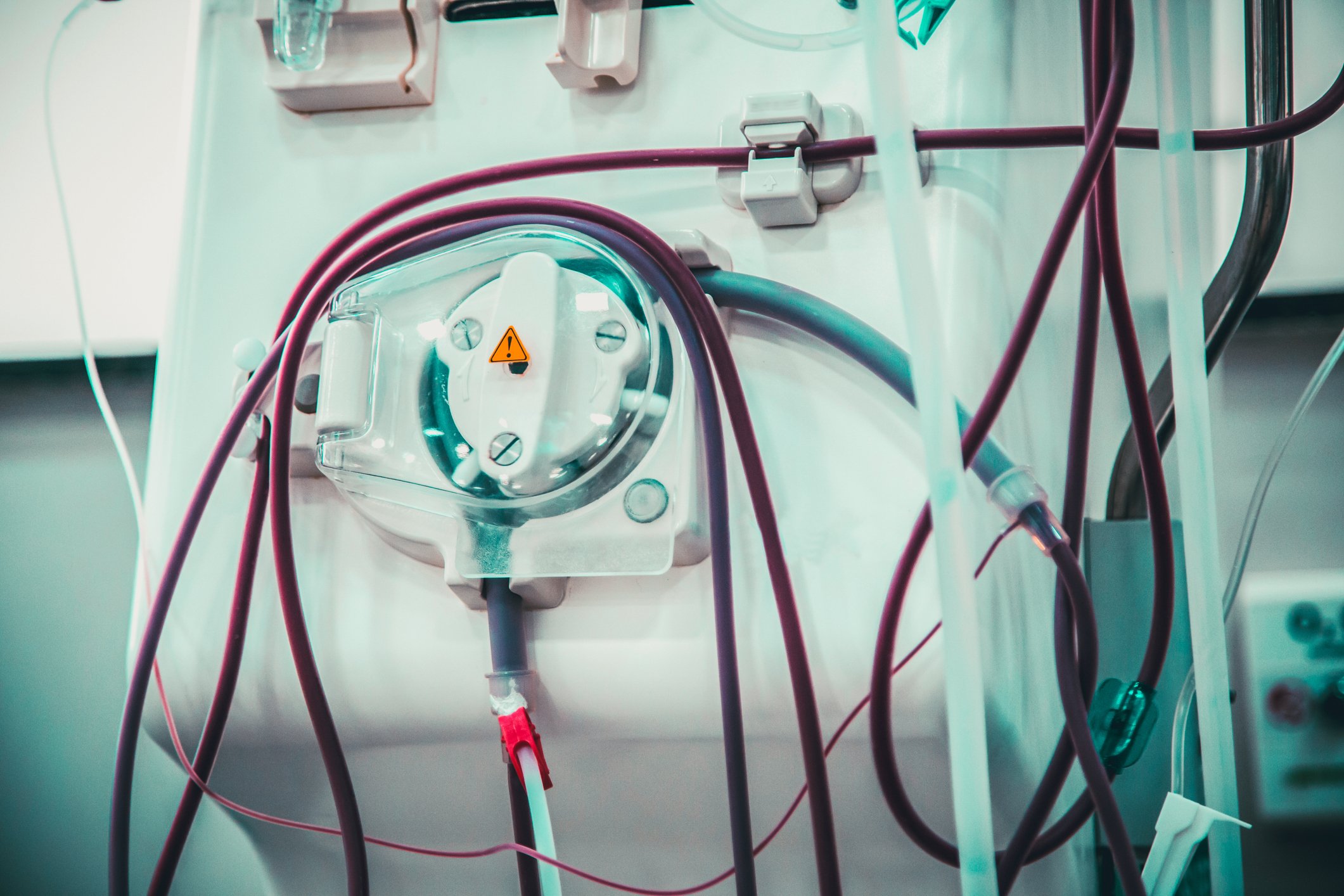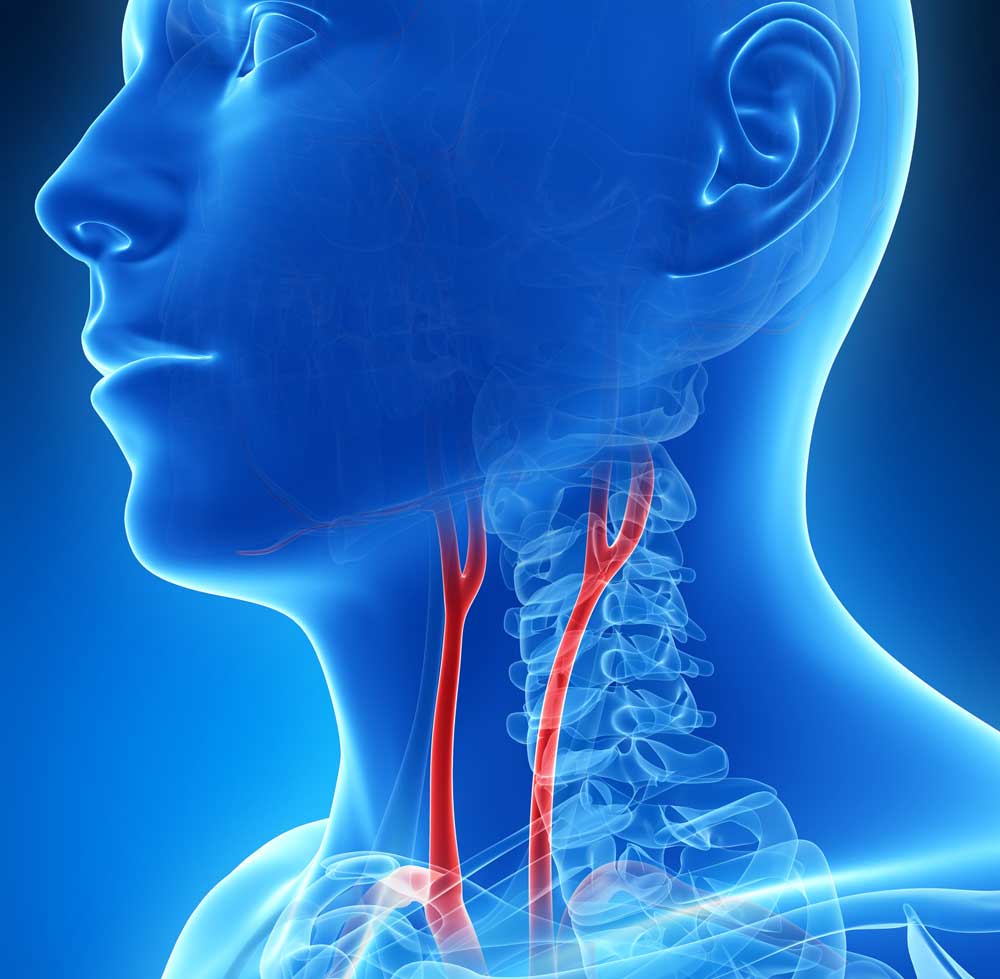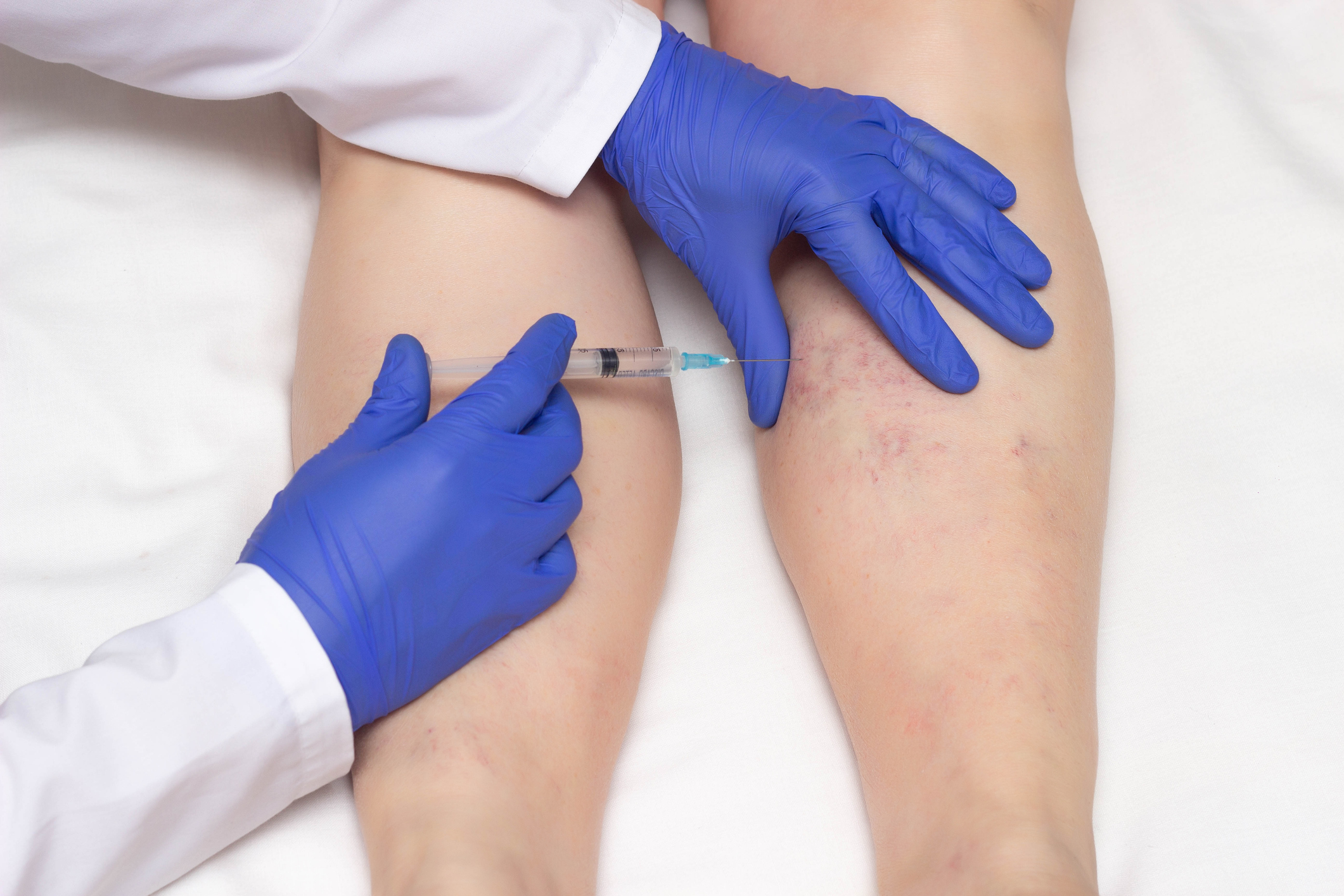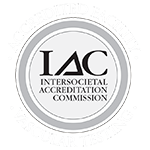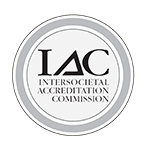Facing kidney failure has to be one of the toughest things one may undergo in their life. When your kidneys don't function as they should, your life takes a detour from the direction you had envisioned. This deviation means seeking the...
Read MoreWhat is a Fistulagram Procedure and How Does it Work?
Carotid Artery Stenosis: FAQs
Did you know Carotid Artery Stenosis can lead to stroke, the fifth leading cause of death in the U.S.? The vast majority of patients with carotid artery stenosis are asymptomatic and your primary care physician or vascular specialists often...
Read MoreVarithena: A New Approach for Treating Varicose Veins
Having to deal with varicose and spider veins are not a pleasant experience for anyone. They can significantly impact your life both physically and emotionally, which may also lower your self-esteem.
Read MorePeripheral Artery Disease (PAD) a.k.a “Hardening of the Arteries” – What You Should Know
With September being Peripheral Artery Disease Awareness Month, we wanted to focus on this disease as over 8 million Americans suffer from it, and it can be associated with a host of other issues such as heart disease and stroke.
Read MoreFrequently Asked Questions: Compression Socks
Have you been experiencing swelling or soreness and pain in your lower legs, ankles and feet? Maybe you're an essential worker who stands all day, or alternatively you've been confined to a desk without the chance to exercise your legs. If the...
Read More

